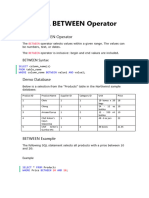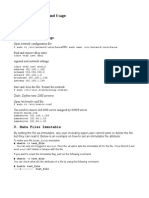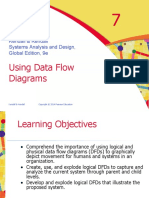0% found this document useful (0 votes)
5 views2 pagesData Science Unit 1
The document provides an overview of data, its types (structured, unstructured, semi-structured), and the concept of data analytics, which involves analyzing raw data for insights. It outlines four types of data analytics: descriptive, diagnostic, predictive, and prescriptive, highlighting their importance in decision-making and efficiency. Additionally, it discusses various applications of data analytics across sectors such as business, healthcare, finance, retail, sports, and government.
Uploaded by
Pankaj SalveCopyright
© © All Rights Reserved
We take content rights seriously. If you suspect this is your content, claim it here.
Available Formats
Download as PDF, TXT or read online on Scribd
0% found this document useful (0 votes)
5 views2 pagesData Science Unit 1
The document provides an overview of data, its types (structured, unstructured, semi-structured), and the concept of data analytics, which involves analyzing raw data for insights. It outlines four types of data analytics: descriptive, diagnostic, predictive, and prescriptive, highlighting their importance in decision-making and efficiency. Additionally, it discusses various applications of data analytics across sectors such as business, healthcare, finance, retail, sports, and government.
Uploaded by
Pankaj SalveCopyright
© © All Rights Reserved
We take content rights seriously. If you suspect this is your content, claim it here.
Available Formats
Download as PDF, TXT or read online on Scribd
/ 2


















































































